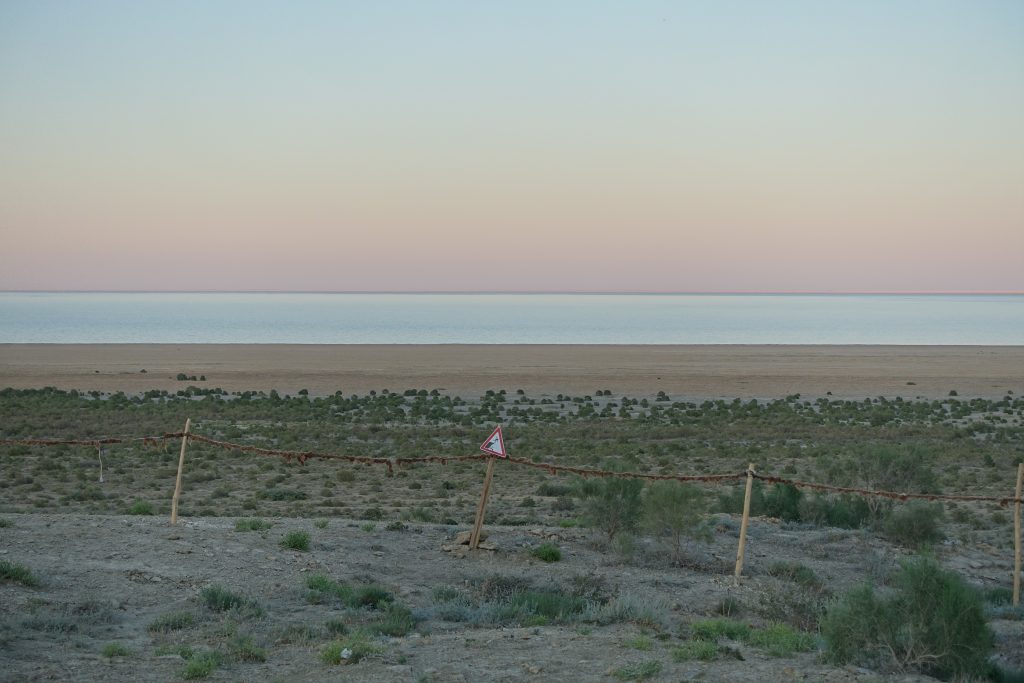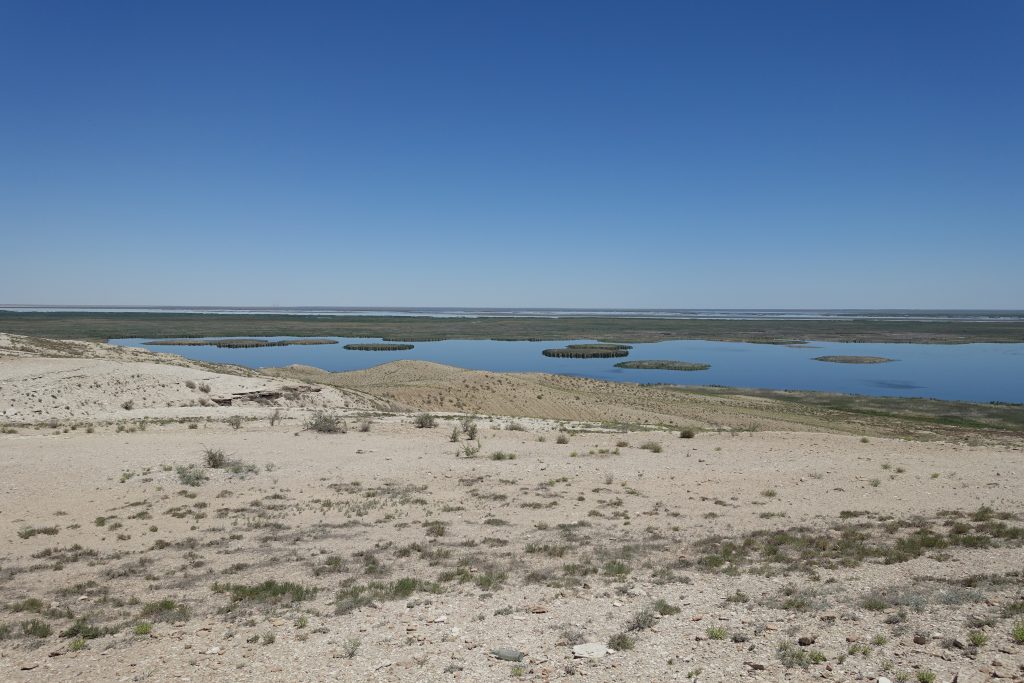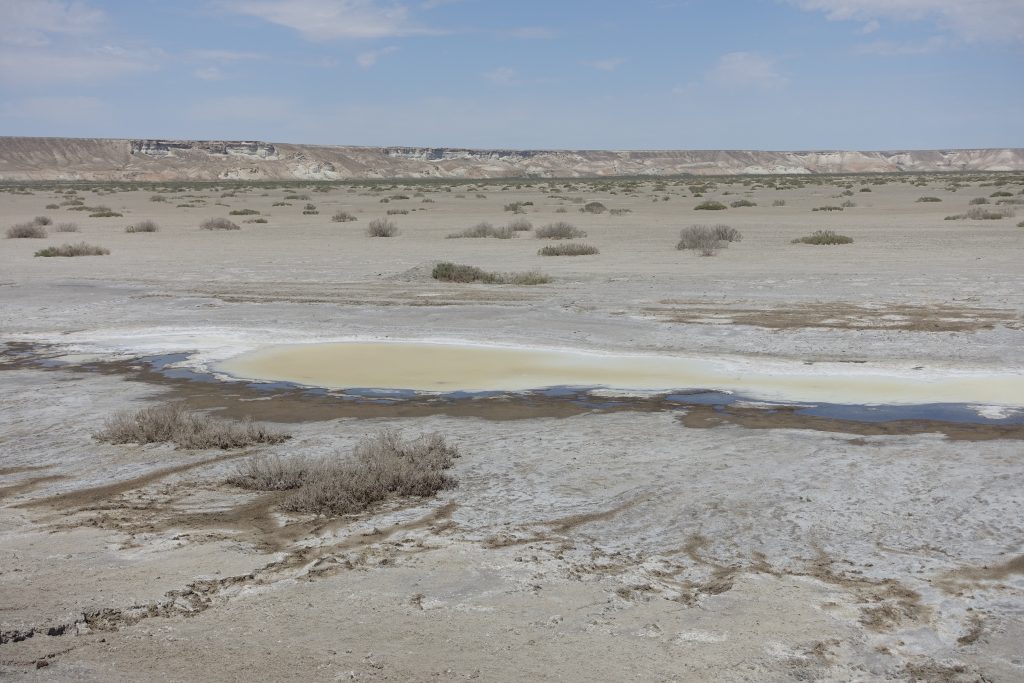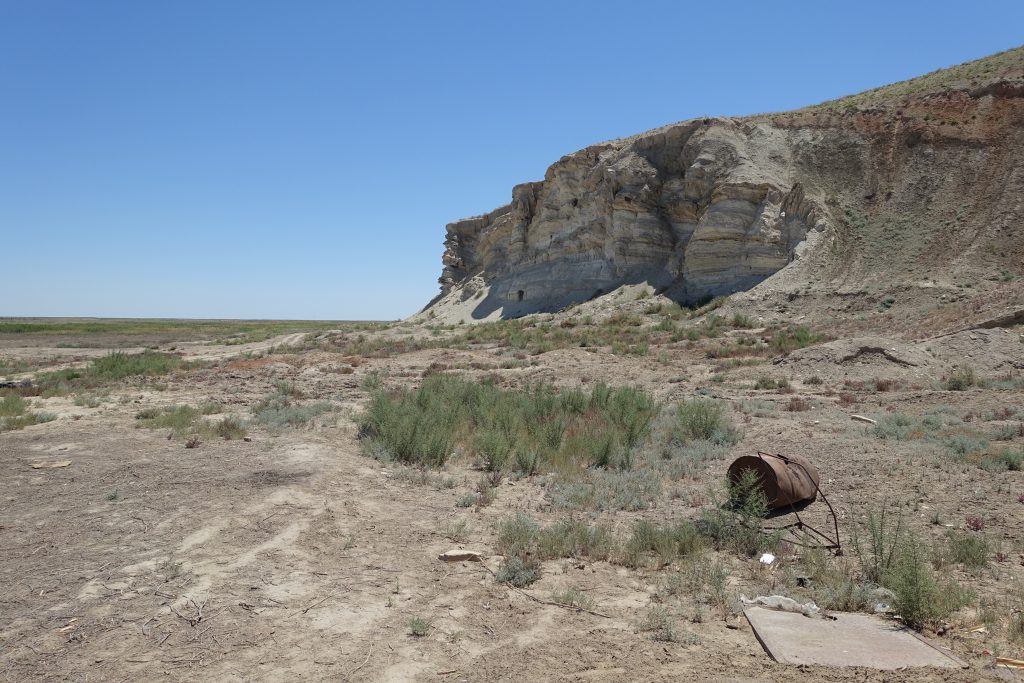Introduction
Like the name would suggest, Karakalpakstan is literally the land inhabited by the Karakalpaks. But where is it? And who are these Karakalpaks? And why should I go there?
Where is Karakalpakstan?
It’s the region in the west of Uzbekistan, bordered by Kazakhstan to the north and west, and Turkmenistan to the south. Although you might never have heard of it, and only about 5% of Uzbekistan’s total population live there, it actually takes up almost half of the whole country’s area. It’s almost completely desert, and very remote, regardless of which direction you’re trying to come from.
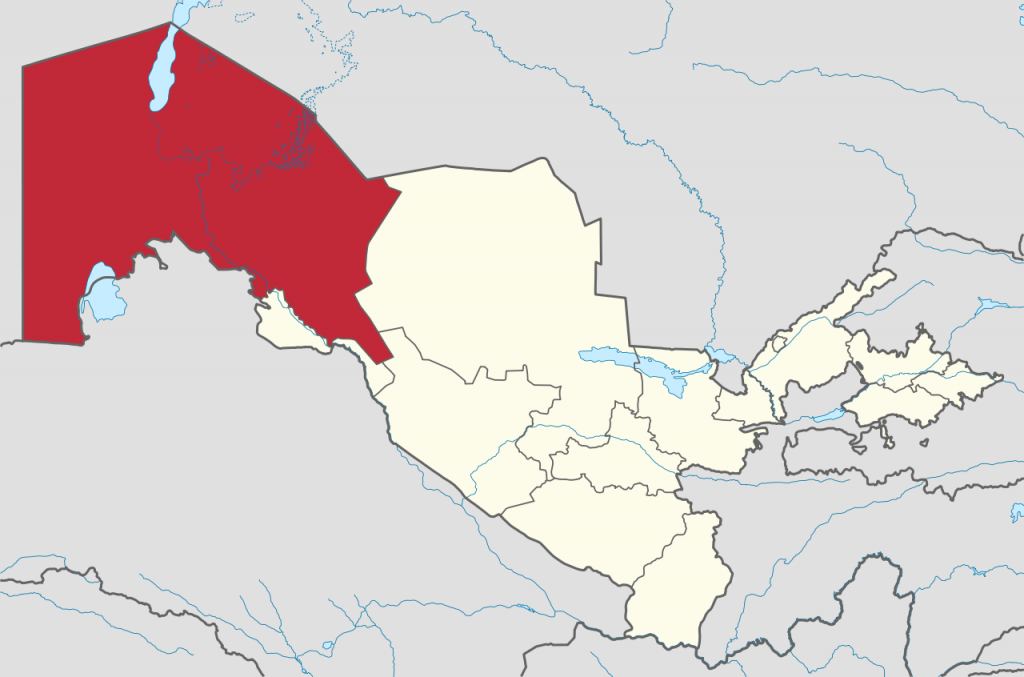
Who are the Karakalpaks?
The Karakalpak people were first recorded in the 16th century, at which point they were nomadic herders and fishers. That seems strange now given the almost completely arid, and very harsh, dry landscape that the area now is, but at the time it was arable and very agriculturally productive.
Until 1873 they were just there, doing their own thing, like most of the nomadic locals throughout Central Asia, but then they became part of the Russian Empire, and then of course part of the Soviet Union, before ending up part of Uzbekistan in 1936. Now they are nationals of Uzbekistan, holding Uzbek passports, and largely sharing the cultures and practices of other people in Uzbekistan.
However, they are different, and you can tell that when you visit their stan. Not only do they look slightly different, but there is a difference in their general outlook and attitude as well. They are innately proud of their land and their heritage, and if you want to make friends in Karakalpakstan, don’t ever refer to them as “Uzbek”!
Why visit Karakalpakstan?
The main drawcard for this remote part of Uzbekistan is to see the Aral Sea. I say “see”, because most people don’t brave a swim, or even a paddle, in the visibly contaminated waters. During the 60s and 70s, the Soviet Union had a vast irrigation system throughout Uzbekistan, Turkmenistan and Kazakhstan, pumping water from the Amu Darya river (the Aral Sea’s main tributary source) into fields, and as such crops were growing successfully and consistently. However, sadly it was a very short-sighted plan and it wasn’t taken into consideration that the lack of water making it into the Aral Sea, as a result, would cause not only the sea itself to recede, but the climate of the whole region to completely change and turn to desert.
In many ways it falls under the category of “dark tourism” to visit the devastated Aral Sea, but there’s no better place to learn about our effect on the planet and truly understand what the locals of Moynak, Nukus, and Karakalpakstan’s other towns and villages have gone through in the last 50 years.
Although this is the main reason to visit the region, there are plenty of things to do other than visit the sea itself (although many of them are related to the sea of course!). There’s the ship graveyard and the Aral Sea museum. But there’s also an amazing art gallery in Nukus that houses the world’s second-largest collection of Russian avant garde art (after the Russian Museum in St. Petersburg). Savitskiy, a well-known painter himself, went to great lengths to save prohibited pieces of art during the Soviet Union, and amazingly you can see some of them now in this museum.
Nukus is also a really chill place to catch up on sleep, emails, alone time, whatever it is that you’ve been missing on a full-on trip around Central Asia. It’s a lot more laid back than most other towns, and there’s just some special charm about it being so remote and so un-Uzbek.
How do I get to Karakalpakstan?
The first way is to catch a train from Samarqand or Tashkent. It’s a 16 or so hour train ride, but although dated, the trains are quite comfortable and very cheap, so just make sure you’ve got a good book or a card game and enjoy the local experience!
It’s also of course possible to drive. Depending on what the rest of your itinerary is like, if you’re coming from Khiva where there isn’t a train link to Nukus, then driving is the only way to do it. We arrange private cars for people, or you can organise one through whatever accommodation you’re staying in, or of course you can just make your way to the train station or a main junction and negotiate directly with a taxi driver.
And lastly, there is an airport in Nukus, however there are only flights to and from Tashkent, so this might work for you in one direction, but if you’re planning on visiting any of the other places in Uzbekistan as well, you’d most likely fly in one direction and then drive/train in the other direction.
Want more information about travel to Karakalpakstan? Drop us a line here!


